To achieve the goal of carbon neutrality, it is necessary to have a negative emission equivalent of billions of tons of CO2 per year, which can not be achieved by all means at present. The seven major types of geoengineering previously proposed by the international community are either expensive or extremely risky. Under the guidance of cutting-edge theory, the project will seek to maximize the negative emission effect of the ocean, realize large-scale negative emission carbon storage with low risk, high benefit and based on natural and ecological paths, and create an unprecedented MCP-BCP-CCP new "geo-engineering" template.
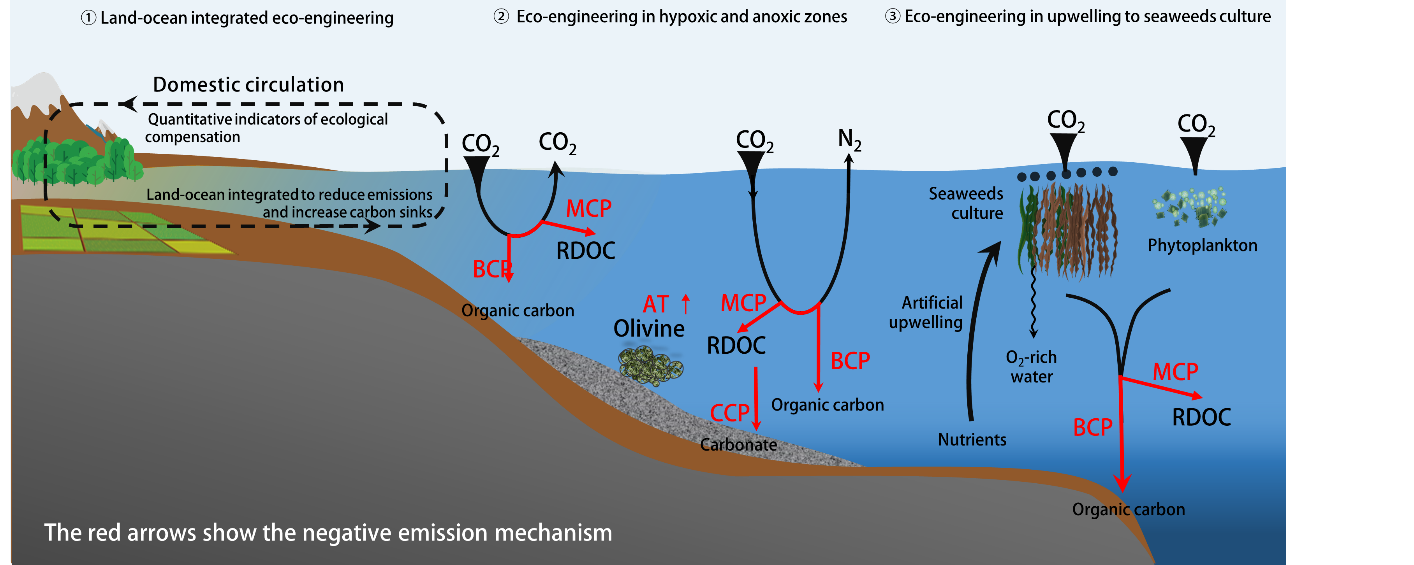
Figure 1. Schematic Diagram For Ocean Negative Carbon Emissions
Theoretically, Land-based nutrient management could be used to enhance carbon storage in coastal ocean and deeper waters, by increasing the amount of refractory DOC. This idea is supported by a statistical analysis of the relationship between organic carbon and nitrate in various natural environments as well as by experimental results in estuarine and offshore waters. Delivery of nutrients from agricultural fertilizers and sewage discharge to coastal waters may currently accelerate the microbial breakdown of river-derived terrestrial DOC and reduce carbon storage. Therefore, in addition to the multiple co-benefits of reduced nutrient loads related to HABs, deoxygenation and ocean acidification, reducing nutrient inputs in the future may expand carbon storage by favoring the microbial carbon pump. Although there already exists some evidence for the impact of DOC variations on global-scale climate the benefits of this approach have yet to be determined quantitatively and uncertainties remain regarding the longevity of removal and associated carbon accounting (measurement, reporting and verification). Until such issues are better resolved, there is low confidence that stimulation of refractory dissolved organic carbon production could provide an operational long-term mitigation measure.
The principle and technical scheme of using anaerobic conditions to implement negative emission, and the establishment of a comprehensive negative emission path based on the principles of microbial carbon pump, biological pump and carbonate pump, are expected to increase the number of sinks and alleviate environmental problems at the same time. Its main principle is to increase the production of authigenic carbonate by applying minerals and increasing alkalinity in the anoxic and acidified environment, bring it together with organic carbon to realize the effect of comprehensive carbon storage increment. One of the key regulatory mechanisms is managing alkalinity, which can buffer the changes of marine carbonate equilibrium system under natural or man-made disturbances, especially marine acidification. There are many ways to enhance ocean alkalization. The coupling and mutual feeding of microbial anaerobic metabolism and carbon-nitrogen sulfur cycle are one of the most important mechanisms of large-scale carbon deposition in the marine ecosystem, and it is expected to reproduce the large-scale marine carbon storage in the history of the earth.
An example of eco-engineering-based adaptation option in seaweed aquaculture under climate change is artificial upwelling(AU), as is demonstrated by experiments and observations. AU powered by green energy (solar, wind, wave or tidal energy) and seaweeds can moderate the amount of deep water upwelled to the euphotic zone to precisely meet the demands of nutrients and DIC by the seaweed for photosynthesis, while avoiding the acidification and hypoxia that often occur in natural upwelling systems. Such AU based eco-engineering may also gradually release the ‘bomb’ of rich nutrients and hypoxia in the bottom water, which could otherwise breakout following storms.
China has 18000 kilometers of coastline and vast sea areas, it is without a doubt that the development potential of marine economy is huge. Implementing the negative emission project in the mariculture area representing the typical environmental characteristics of offshore to form a multi-level and three-dimensional ecological aquaculture pattern will be an optimal scheme to realize the low risk, high benefit and based on the natural and ecological paths.
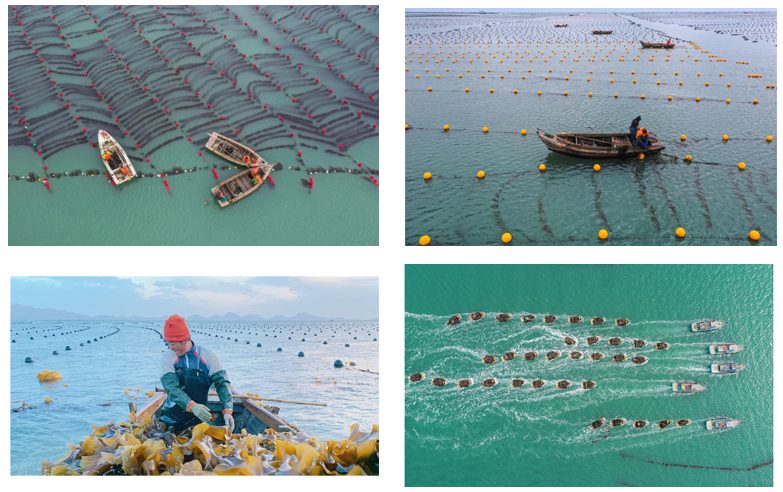
Figure 2. Kelp Culture in China
Integrated Mariculture
Through photosynthesis, CO2 and nutrients in seawater are consumed to synthesize organic matter, so as to improve the pH value of surface seawater and promote the ocean to absorb more CO2. Particulate organic carbon and dissolved organic carbon are produced in the process of algae culture. Decompose organic carbon and exert negative carbon emission through BCP and MCP, respectively. Organic debris is either buried or used through three-dimensional aquaculture of benthic shellfish or sea participation. RDOC transformed through MCP, which was neglected in the past, has an important carbon sink effect in the aquaculture area. According to the carbon storage principle of BCP and MCP, AU driven by clean energy (solar energy, wind energy, wave energy, etc.) to promote nutrient circulation and increase sink is an internal regulation measure of the ecosystem, which is different from the previous practice of adding exogenous substances to the ecosystem This green development concept has changed the previous understanding that mariculture is simply regarded as something that increased environmental load and organic pollution, changed "pollution source" into "sink increasing field", and has been included in the IPCC SROCC (2019). This has fundamentally reversed the situation that offshore aquaculture activities are blindly criticized by the environment.
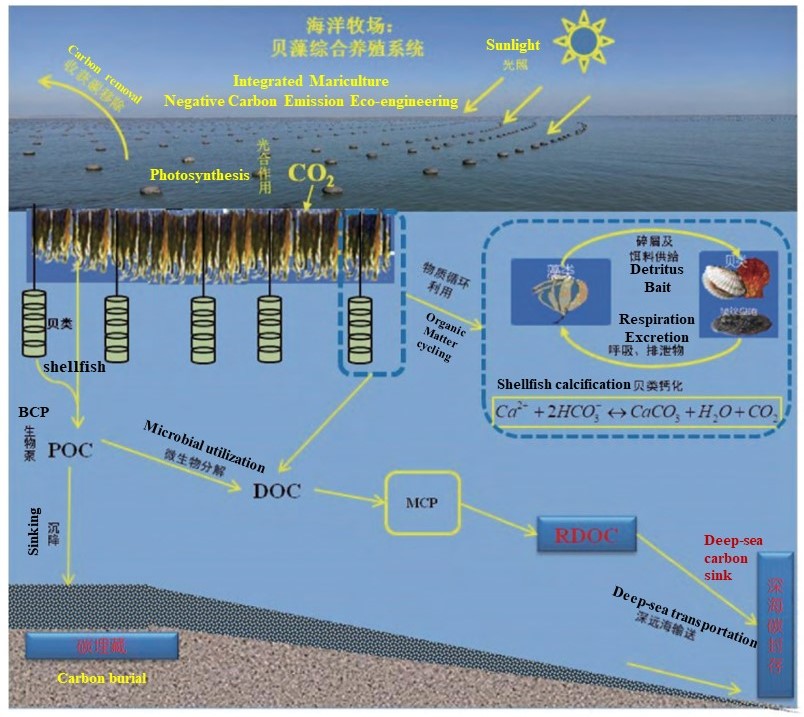
Figure 3. Schematic Diagram of Negative Discharge Path of Marine Integrated Aquaculture Area
An Artificial Upwelling Demonstration
An artificial upwelling demonstration in Aoshan Bay, Shandong Province, China ─ A demo of engineering ocean carbon sequestration.
Currently, China dominates seaweed aquaculture worldwide, contributing over 67% s of global production. The scale of seaweed aquaculture in China is so massive that it may be of regional biogeochemical significance, resulting in the considerable improvement of carbon removal. In addition, the large-scale seaweed aquaculture also removes excess nutrients in seawater, which helps the reduction of eutrophication in coastal waters. However, large-scale seaweed aquaculture is likely to weaken the hydrodynamic conditions and hinder nutrients supply from outside waters, resulting in a local oligotrophic state during the seaweed growing season especially. It is one of the major factors contributing to the root rot disease and large-scale seaweed dying which would not only reduce the productivity of seaweeds but also possibly reverse the contribution of seaweed aquaculture from a strong CO2 sink to source in the growing period.
Artificial upwelling (AU), as one of the prominent geoengineering tools, has received worldwide attention because of its potential ability to actualize ocean fertilization in a sustainable way. It is a process that not only increases the total nutrient concentration, but also adjusts the ratio of nitrogen/phosphorus/silicon/iron to promote photosynthesis, increase catches, and increase the efficiency of the biological pump in exporting organic carbon to the deep sea. Therefore, artificial upwelling is considered a great prospect and can be used to stimulate the Earth's capability of self-healing engineering means. The severe challenges of AU are the design and fabrication of a technologically robust device with structural longevity that can maintain the function in the variable and complex hydrodynamics of the upper ocean.
The concept of "enhancing carbon removal from Chinese coastal waters by stimulating seaweed cultivation through artificial upwelling" was first proposed by Professor Jiao Nianzhi from College of Ocean and Earth Sciences, Xiamen University, who is the academician of Chinese Academy of science, and Professor Chen Ying from Ocean College, Zhejiang University in 2015. Subsequently, Professor Jiao and Chen, and their group have already built an artificial upwelling demonstration in Aoshan Bay, Shandong Province, China, which lies at 36°25′45.43″north latitude and 120°43′43.34″east longitude. Aoshan bay is a typical oligotrophic sea area. However, the concentration level of nutrients in the interstitial water can be up to ten times higher than in the bottom water. The remarkable difference in nutrients level between the water column and sediment suggests the potential of extracting the nutrients from sediment to the water column by AU.
The results show that the growth of seaweeds was effectively stimulated by AU. The average weight of a single plant has increased by 8.98 g. According to the China Fishery Statistical Yearbook, the total kelp cultivation area in China has reached over 140,000 hectares and is increasing year by year. Therefore, if the AU technique is widely implemented in the Chinese coastal waters, where is an important potential site for the implementation of carbon sequestration engineering, an extra carbon sink potential of 4,900,000 tons can be expected in the future.
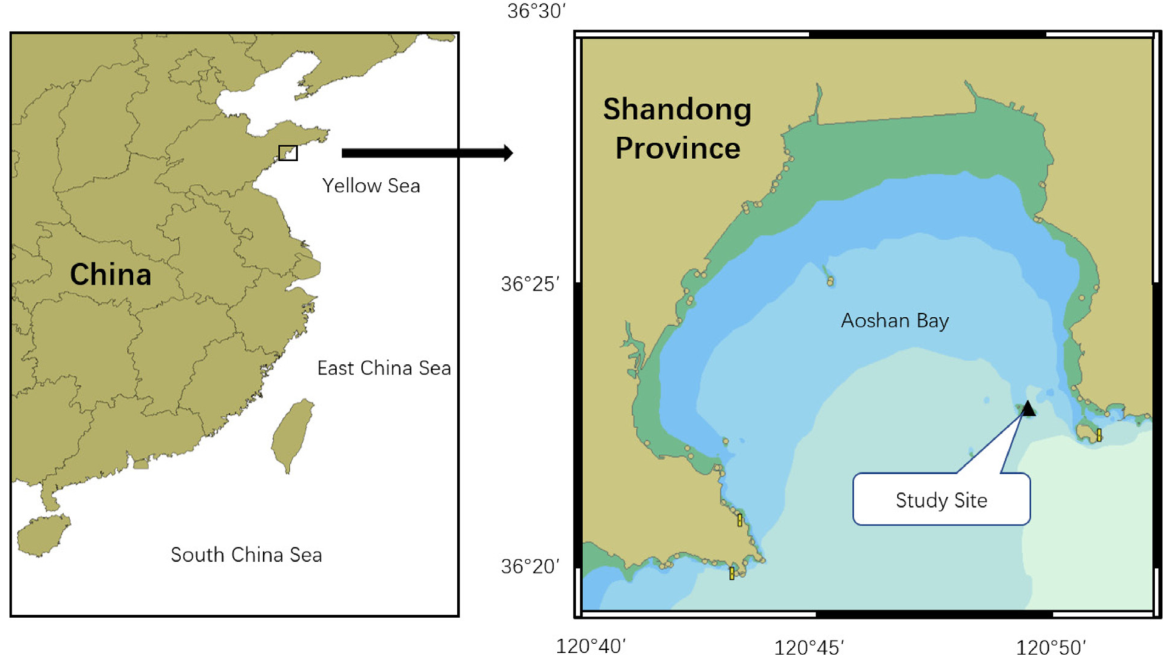
Figure 4.Topographic map of Aoshan bay
Topographic map of Aoshan bay, which is located in the eastern end of Shandong Peninsula where is one of the most important mariculture regions for brown kelp in northern China. The triangular mark shows the location of the experimental area of seaweed cultivation, which lies at 36°25′45.43″ north latitude and 120°43′43.34″ east longitude.

Figure 5. Schematic Diagram of Artificial Upwelling Demonstration
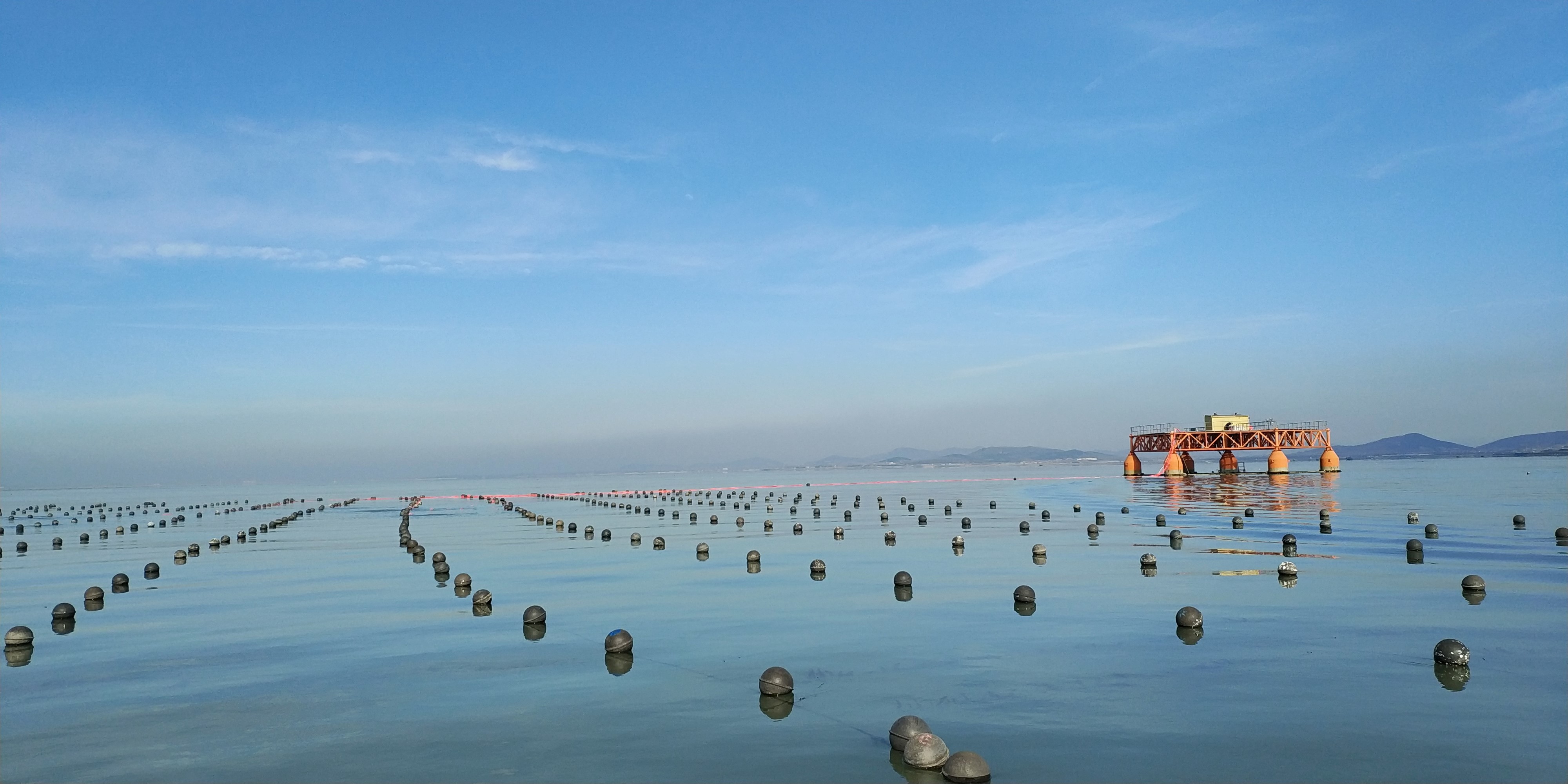
Figure 6. The Photograph of the Artificial Upwelling Demonstration in Aoshan Bay, Shandong Province, China.
New technology for rapid inactivating marine red tide algae on the marine surface and carbon sequestration on the seabed by hydroxyl radicals
Taking the sea areas in Fujian Province as a demonstration area, ship-borne algae inactivation and carbon sequestration by •OH technology equipment was set up, whose schematic diagram was shown in the figure. Red tide algae (density of algae: 106 cells/L) on the marine surface were collected into main pipeline on board, which were enriched to 107~108 cells/L by the algae concentrator, with 50 t/h yield •OH solution concentration 20~30 mg/L. The throughput of rapid inactivating marine red tide algae in pipeline with 2~3 mg/L •OH in 6~10s was 500 t/h. After adding flocculant to the pipeline, high concentration algae were settled 5 meters below marine surface after flocculation to achieve carbon sequestration.
Preliminary research results showed that fragmentation of DNA strand breaks in algal cells by •OH was the main cause of algae inactivated. Algae cell membrane is not damaged after •OH inactivation, with intact cell and no internal solute spillage no carbon release, which ensure carbon sequestration after flocculation.
Required •OH solution (TRO) concentration is determined depending on •OH inactivating red tide algae "Dose-Effect" and "Time-Effect" Models with algal cell flow analyzer and water quality detector to quickly detect marine red tide algae density and water quality indicators online, which feed back to the intelligent control center. To avoid high concentration algae clogging •OH equipment, seawater 5 meters below sea level was siphoned to inject into liquid/liquid miscibility device so that immiscible oxygen-active particles were further fully miscible. The number of open ejectors (5~12) was dependent on TRO concentration of algae inactivation in pipeline. The preparation scheme of •OH solution was optimized with algal cell flow analyzer, water quality and real-time algae density monitored by TRO detector, as well as TRO concentration and seawater quality indicators 5 meters below sea level after •OH inactivating algae and flocculation, whose detection information was fed back to the intelligent control center. Based on this •OH technology equipment, a large processing capacity (more than 500 t/h) to activate algae and seabed carbon sequestration can be achieved, which provide technical support for China’s marine carbon neutral and carbon compliance.

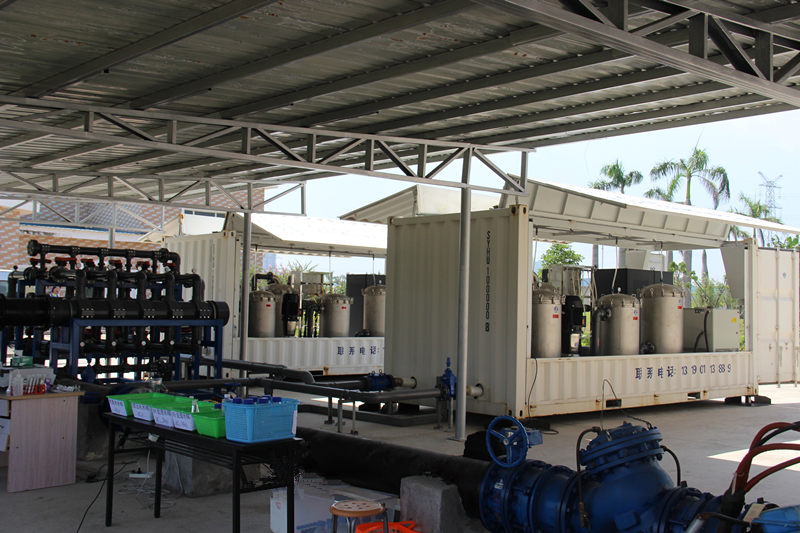
Figure 7. An 500 t/h yield high concentration •OH technology equipment
Carbon burial technology and equipment through modified clay flocculating microalgae
The principle of negative emission scheme in marine anoxic area lies in the coupling mechanism between MCP and CCP, that is, to maximize the comprehensive carbon storage both of inorganic carbon and organic carbon. On one hand, the organic carbon preserved in anoxic environment is 50% higher than that in aerobic environment. On the other hand, anaerobic microbial activities and human intervention can reverse the carbonate pump from "source" to "sink". In terms of chemical equilibrium alone, calcium carbonate deposition will release equivalent CO2, which is why it is also regarded as "carbonate counter pump". However, in anoxic sediment environment, the physiological metabolism of denitrifying bacteria, sulfate reducing bacteria and other microorganisms can improve the HCO3 alkalinity of interstitial water and promote the deposition of authigenic carbonate on the seabed. At the same time, RDOC, a product of MCP, can become the core of carbonate crystal and realize the coupling of MCP and CCP. Theoretically, olivine and other minerals can effectively promote the negative emission effect. For example, 1mol of olivine can chelate 4mols of CO2. Taking the saturation of silicate (Opal) (about 1mmol / L) as the upper limit of olivine addition, about 0.1kg of olivine can be dissolved in one ton of seawater. The amount of CO2 absorbed will be considerable. In addition, the silicon released by silicate is conducive to the growth of diatom and improve BP flux, so as to realize the coupling of MCP + CCP + BP·
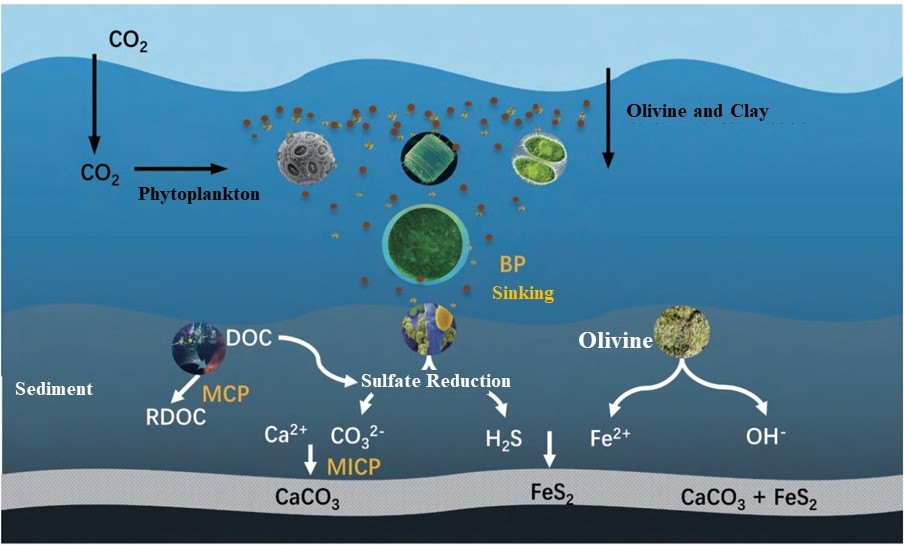
Figure 8. Schematic diagram of microbial induced carbonate deposition (MICP)
Modified clay flocculating harmful algal organisms is a highly efficient and green technology for HABs control, which was invented by a Chinese scientist. This technology can also enhance BP efficiency and carbon burial by the interaction between modified clay and algal organism at the bottom of the sea. At present, a series of modified clays and equipment have been developed and widely used for HAB control in China. In 2018, this technology began to be tested and used for HAB mitigation in Florida, US.

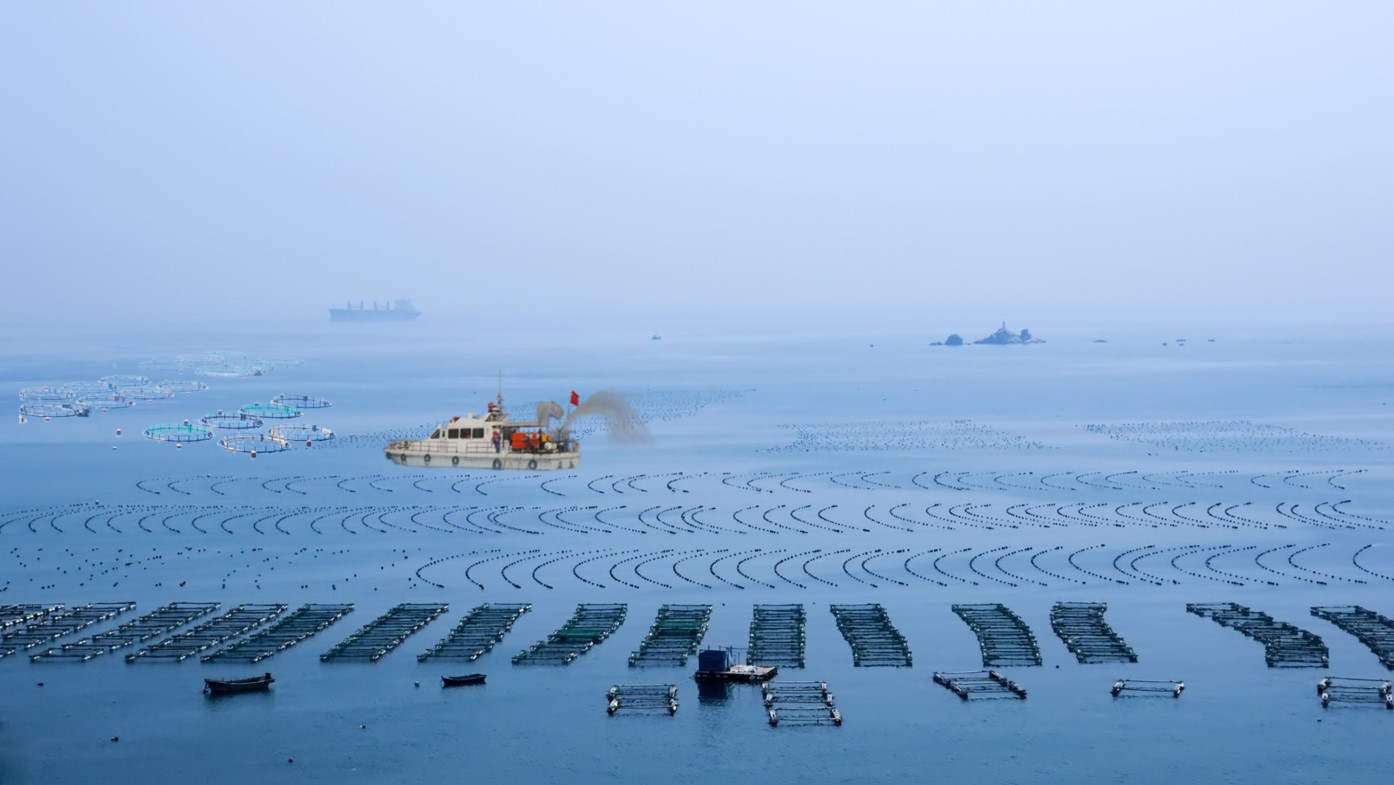
Figure 9. Core equipments of the technology (upper) and Carbon burial illustration through modified clay flocculating (lower)
Microbially-induced carbonate precipitation (MICP)
As is seen from our preliminary experiments, by simulating the sediment environment of massive aquaculture, MCP-mediated biogeochemical processes could sequester carbon in the forms of RDOC, alkalinity and authigenic carbonates (Fig. 1), reproducing the scenarios of a large amount of carbon storage in the history of Earth (Jiao et al., 2020). Even in the current oceans, RDOC is a huge carbon reservoir equivalent in total amount to the carbon inventory of CO2 in the atmosphere and authigenic carbonates account for ≥10% of global carbonates. Rock records reveal that Precambrian stromatolites formed as a consequence of the trapping and precipitation of calcium carbonate by microbial metabolisms. The metabolic activities of anaerobic methanotrophic archaea and sulfate-reducing bacteria can enhance the concentration of bicarbonate, a major component of total alkalinity. The increase in alkalinity then promotes the combination of microbial mats/biofilm with Ca2+ ions to induce carbonate deposition. Recent studies have shown that the microbial (e.g., Cyanobacteria, Pseudoalteromonas) extracellular polymeric substances facilitate carbonate precipitation via serving as nucleation sites for mineral growth. The main components of the mineral precipitates form an organic–inorganic hybrid film on a solid surface and it is composed of biofilm and calcite (Mg0.064Ca0.936)(CO3) (Fig. 1, lower panel, right). The same is true for the formation of the mineral crystals of aragonite and dolomite. These authigenic carbonates gradually increase and become mineral rocks with microbial attachment and cementation processes.

Figure. 10 Cyanobacteria-mediated Microbiolite Formation (White et al., 2020).
(Edited by Jihua Liu)
(Editing Contact:xjz@xmu.edu.cn)